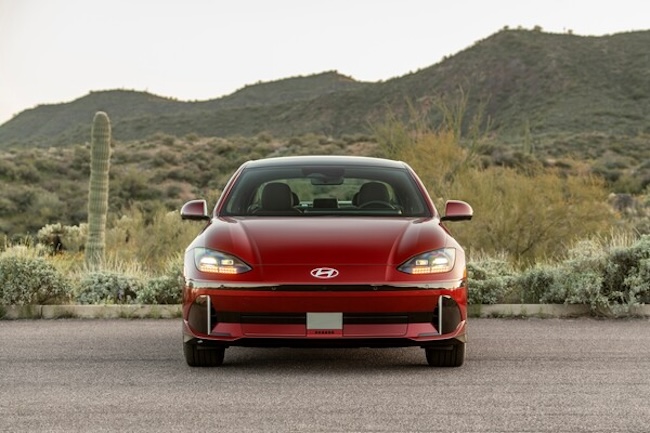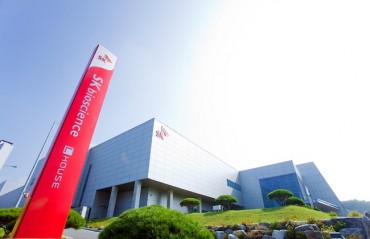SEJONG, Apr. 1 (Korea Bizwire) – Beginning on April 1, all electric vehicles sold in South Korea will be required to display color-coded labels indicating their energy efficiency rating on a scale of 1 to 5, with 1 being the most efficient.
The new five-tier rating system, introduced by the Ministry of Trade, Industry and Energy, aims to encourage automakers to develop more efficient models and help consumers identify their most cost-effective options.
The ratings will apply to all 278 electric car models currently available in South Korea.
Only six achieved the highest level 1 rating, a group that includes the Hyundai Ioniq Electric, base Ioniq 6 rear-wheel drive, the 2021 Tesla Model 3 Standard Range Plus rear-wheel drive, the long-range Ioniq 6 rear-wheel drive, the Smart EV Z from Smart Solutions, and the 2019 Tesla Model 3 Standard Range Plus rear-wheel drive.
The largest share – 83 models or nearly 30 percent – landed in the level 4 category, while 73 models (26.3 percent) garnered a level 3 rating. Fifty-four models (19.4 percent) achieved level 2 status, and 62 models (22.3 percent) received the lowest level 5 rating.
The ratings correspond to defined efficiency ranges measured in kilometers traveled per kilowatt-hour of charge. Level 1 vehicles achieve at least 5.8 km per kWh, followed by 5-5.7 km for level 2, 4.2-4.9 km for level 3, 3.4-4.1 km for level 4, and below 3.3 km for level 5.
The efficiency disparities translate into substantial cost differences for consumers.
Based on an annual driving distance of 13,323 km and a slow charging cost of 364.5 won (29 cents) per kWh, the yearly charging expenditure for a level 1 vehicle is approximately 780,000 won. For a level 5 model, that figure balloons to 1.62 million won – more than twice the cost.
According to ministry estimates, choosing a level 1 electric car over its level 5 counterpart would save 2,292 kWh of electricity every year, roughly equivalent to the amount used by an air conditioner over three summers, based on daily usage of eight hours for four months each year.
“This new labeling system will spur technological advances in high-efficiency electric vehicles and increase consumer demand for these models,” predicted a ministry official. Authorities plan to analyze market trends and refine the ratings over time.
The push for greater transparency around electric vehicle efficiency comes as South Korea, home to major automakers like Hyundai and Kia, works to meet emissions reduction targets and bolster its environmental credentials on the global stage.
For those interested in exploring the energy efficiency grades of specific electric vehicle models, detailed information is available through the Korea Energy Agency’s portal at https://min24.energy.or.kr/trans_hp/AHP/home.do
Kevin Lee (kevinlee@koreabizwire.com)







